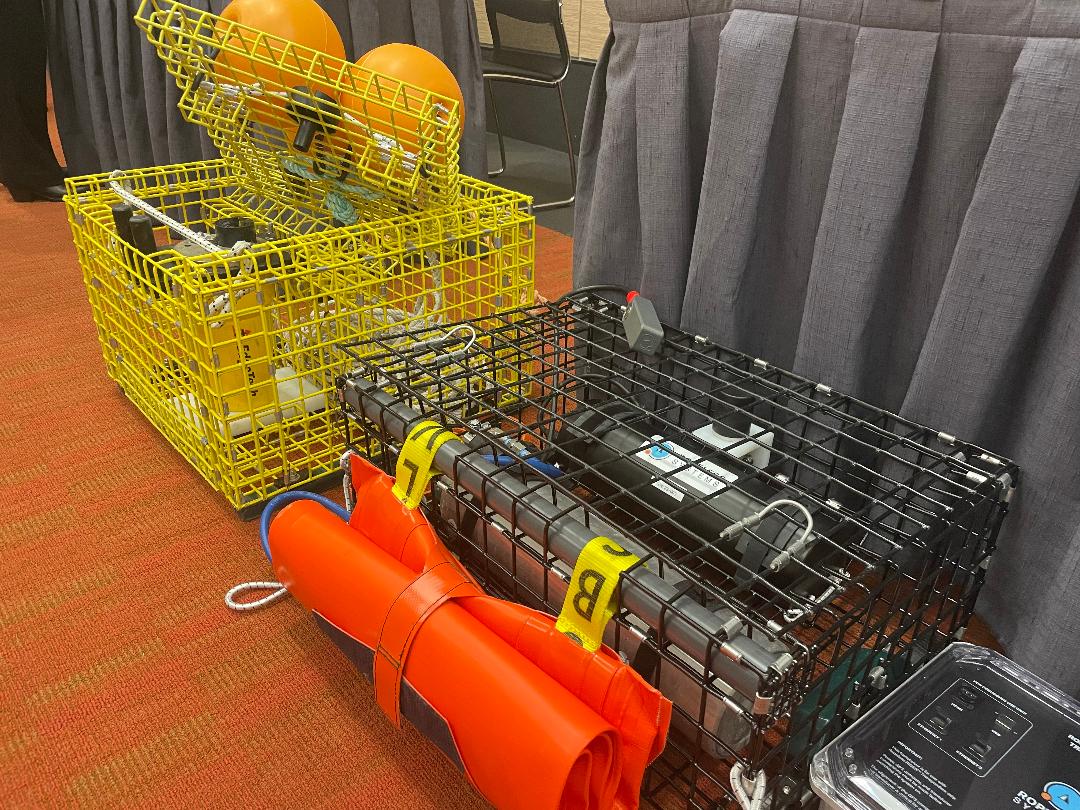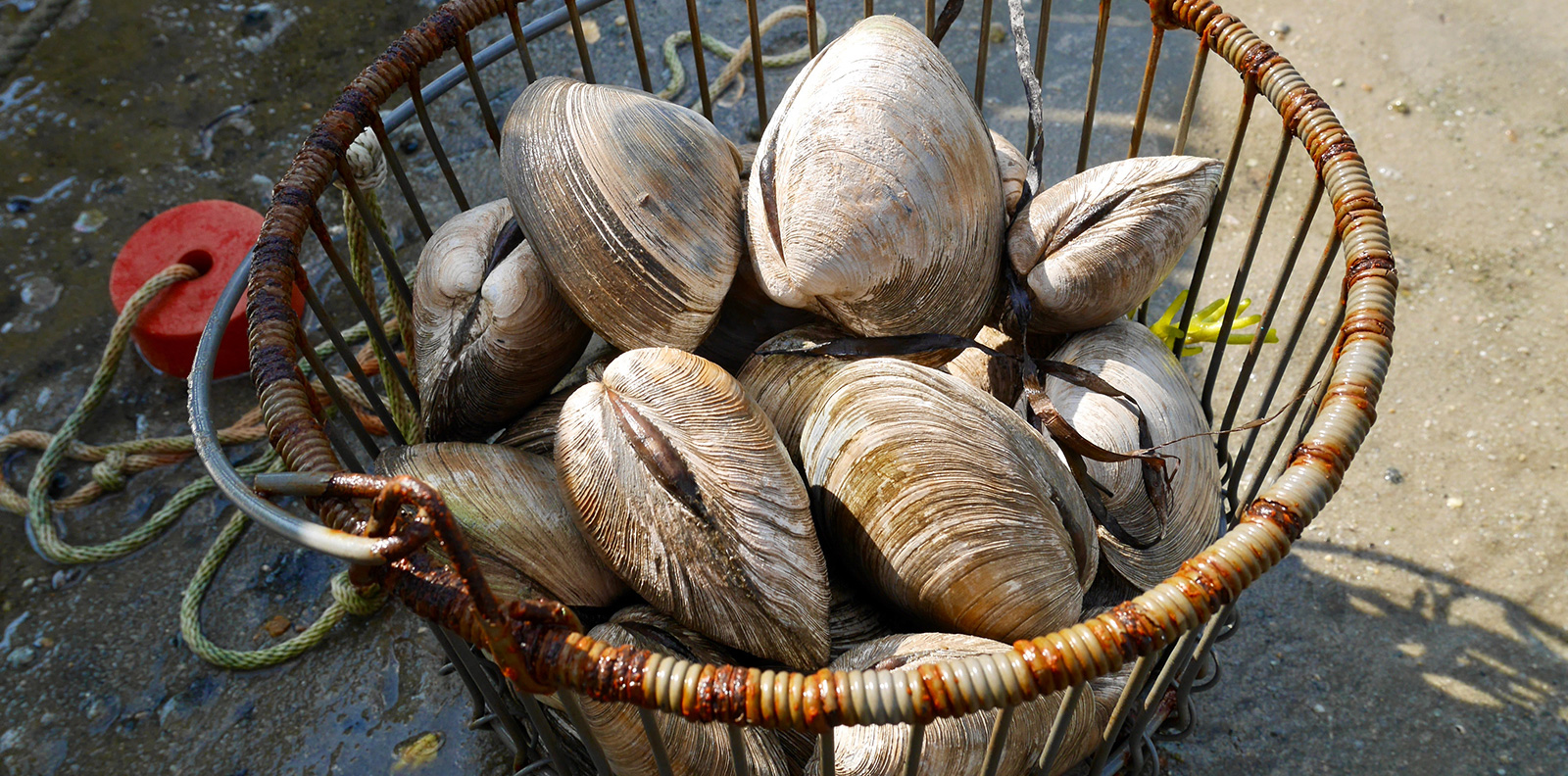Menhaden Feed Local Fishing Economy
November 10, 2011
NARRAGANSETT, R.I. — For a fish that never graces a dinner plate, menhaden is central to the local seafood industry. Lobstermen use it to bait their traps; anglers use it to bait their hooks; and the menhaden reduction fleet converts these oily fish into animal feed, cosmetics and human dietary supplements.
And that’s only what happens once these fish are removed from the sea. In their natural habitat, they are a vital food for striped bass, weakfish, bluefish and ospreys.
But many observers believe that menhaden can’t keep up with all of these roles. On Nov. 9, the efforts of recreational fishermen, scientists and environmental groups led the Atlantic States Marine Fisheries Commission (ASMFC) to make definitions of overfishing used to manage this species more conservative. This means that in the future, more of these fish will be left in the water to reproduce.
“The essence of this plan is to take into account the ecological needs — the things that people never think about,” said Theresa Labriola of Pew Oceans, which supports the changed overfishing definitions. Calling menhaden “a little snickers bar in the ocean,” Labriola noted that removing too many of these forage fish can deprive other species of a critical food source.
The ASMFC is a coast-wide organization made up of states from Maine to Florida that serves to jointly formulate management plans for 24 coastal migratory fish species. The organization’s menhaden board developed the new plan in response to a 2009 stock assessment of the species, which found that abundance had been declining since the 1980s and that renewal of young menhaden wasn’t as vigorous as in previous time periods.
Some scientists and anglers also allege that lower numbers of menhaden are responsible for malnourishment in striped bass and the appearance of skin lesions on these highly prized game fish.
Until now, managers’ approach to gauging overfishing has hinged on whether the eggs produced by fish remaining after harvest are sufficient to replace the stock at current levels. Under the new definitions, reproductive potential of remaining fish would be measured against that of a theoretical “unfished” stock.
In other words, overfishing would be deemed to occur when fished stocks are unable to produce a certain percentage of the eggs that would be produced in the absence of fishing. That number of eggs is referred to as maximum spawning potential (MSP).
In 2008, the last year of the ASMFC’s stock assessment, menhaden up and down the East Coast were at 8 percent MSP; that is, they were considered capable of reproducing only 8 percent of their historical stock numbers. At stake in ASMFC’s menhaden board meeting this week in Boston was the percentage MSP to aim for in the future.
Board members voted on two aspects of the new overfishing definition: the menhaden fishing threshold and the fishing target. The threshold is the level at which the stock is deemed overfished, and at which managers must take immediate action to reverse overfishing. The target, in contrast, is a level that signals to managers that the stock is approaching overfishing. When fishing hits the target, managers may, but are not required to, take action to slow the rate of harvest.
At the Nov. 9 meeting, the menhaden board considered adopting a threshold of 15 percent MSP, and targets of 20 percent MSP, 30 percent MSP and 40 percent MSP, respectively. With more than 90,000 public comments submitted on this issue, the atmosphere was charged.
Most conservation organizations and recreational fishermen pushed for the higher numbers. Higher targets, they explained, represent a stronger buffer against overfishing. Scientists have established that 40 percent MSP is the minimum safeguard for forage fish, such as menhaden, that form the basis of whole food chains.
The menhaden reduction industry disagreed. Omega Protein, which manages an 11-boat fleet in Reedville, Va., and holds a monopoly in the East Coast menhaden reduction business, favored a target of 15 percent MSP.
“The stock is not overfished and is, in fact, at target levels of abundance,” according to Omega in its public comment testimony to the ASMFC. “Any action the Board takes will trade real jobs for speculative conservation benefit.”
Rhode Island commercial fishermen were largely silent on the issue, perhaps because they are caught between their own conflicting interests. On one hand, commercial lobster boats and rod-and-reel fishers depend on the continued availability of menhaden for bait. But many commercial fishermen also have an interest in healthy populations of striped bass and bluefish — species that depend on the menhaden remaining in the water.
The final vote resulted in a new target definition of 15 percent MSP and a new threshold definition of 30 percent MSP.
Here in Rhode Island, anglers celebrated.
“We were very pleased with the final result,” said Steve Medeiros, head of the Rhode Island Saltwater Anglers Association. “Menhaden is very important to fishermen in Rhode Island. The spring arrival of menhaden brings in striped bass, which is the primary product, but along with it come the bluefish and others. Narragansett Bay is a booming fishing area mostly because of menhaden.”
Others were less jubilatory.
“I don’t know how I feel about it, because I’m suspicious of the motivation,” said Andrea Incollingo, owner of The Bait Company and sole supplier of menhaden and other bait fish to Point Judith’s lobster fleet. “It’s not always the fish stock that’s the main concern.”
Having observed a “nice mixed run of pogies (another name for menhaden) all year long” in her bait barrels, Incollingo isn’t sure there is need for drastic action. Instead, she believes that ups and downs are part of the species’ natural cycle.
“The pogies disappear overnight,” she said. “They may go way offshore. They go wherever they want to go. Nobody knows.”



